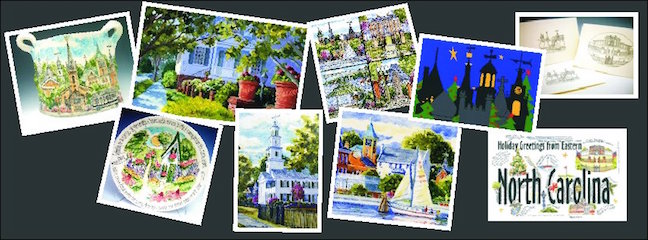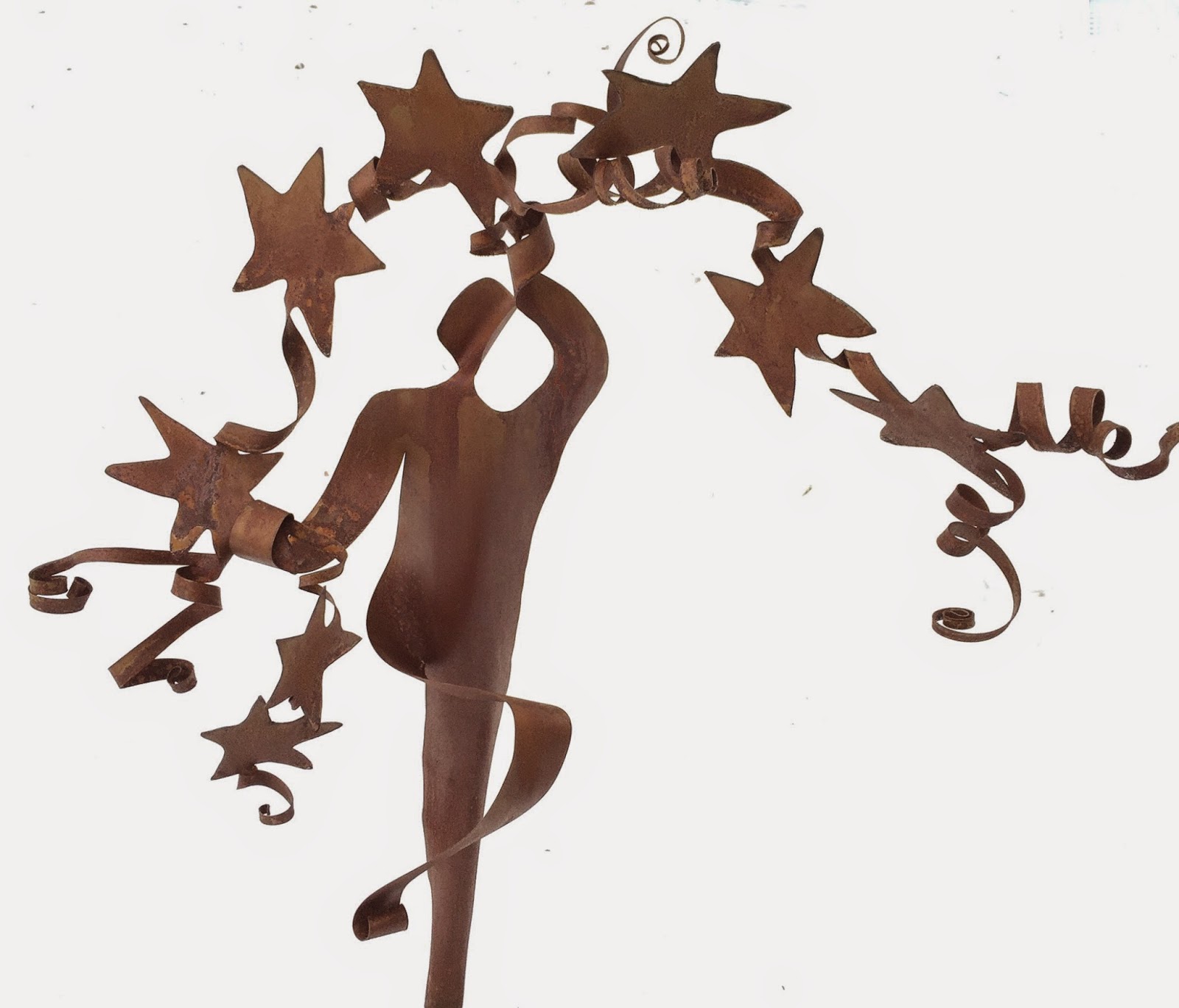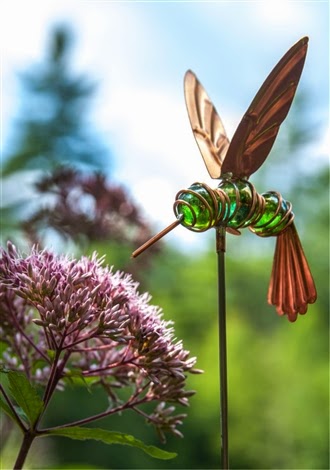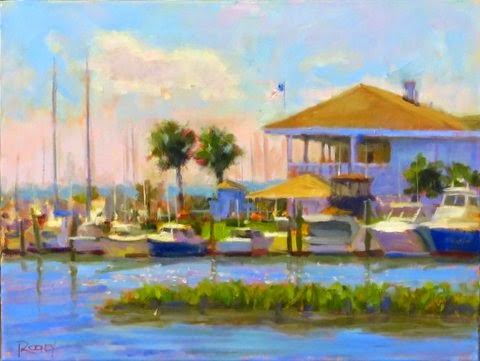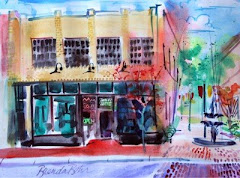Friday and Saturday, April 10 and 11, 2015 10-4
.jpg) On April 10th and 11th homeowners invite you into some of the most beautiful and interesting historic homes in downtown New Bern. Get a behind the scenes look at homes that have much to tell us of the history of this town founded in 1710.
On April 10th and 11th homeowners invite you into some of the most beautiful and interesting historic homes in downtown New Bern. Get a behind the scenes look at homes that have much to tell us of the history of this town founded in 1710.
Stroll through beautiful gardens and admire a delightful array of fountains. In addition to the homes, gardens and fountains, many downtown houses of worship will be open for tours.
Tryon Palace gardens, which should be in full bloom will be among those open to the public. Tryon Palace’s Annual Heritage Plant Sale will also be held on the Palace grounds during the tour. That weekend, Spring Homes Tour ticket holders will have the opportunity to purchase discounted admission passes to Tryon Palace/NC History Center.
Be sure to grab a homemade bagged lunch to go or enjoy it in a quaint porch setting at the Blades' Veranda Cafe. Bagged lunches are $8 and include a sandwich, and beverage.
Coffee, tea, and delicious baked goods will be available throughout the day across the street from the cafe at Peterson's Porch. A hospitality station also will be available to patrons on the grounds of the Attmore-Oliver House, 511 Broad Street.
There will be a reception at Carolina Creations for ticket holders and the public from 4 to 8 pm. Meet the poster art artist or purchase a print by clicking here.
Tickets are $18 in advance, $22 day of the tour and $15 for active duty military and dependents with ID. All tickets include North Carolina sales tax. If ordering an active duty military or dependent ticket you must pick up your ticket at the Historic Society office, 511 Broad St. Tickets go on sale March 2 and are good for both tour days, 10:00 am to 4:00 pm.
Tickets will be available by phone at 252-638-8558, online at www.NewBernHistorical.org, or at the following outlets: New Bern Historical Society at 511 Broad St.; New Bern Preservation Foundation at 510B Pollock St.; Bank of the Arts at 317 Middle St., Harris Teeter at 2019 S. Glenburnie Rd.; Carolina Creations at 317 Pollock St.; Mitchell Hardware at 215 Craven St.; ASAP Photo at 3701 Charles Boulevard #100, Greenville; and ITT Office at MCAS Cherry Point.
The Spring Historic Homes & Gardens Tour is a collaborative event presented by the New Bern Historical Society and the New Bern Preservation Foundation and is a major fundraising event for these non-profit organizations.
